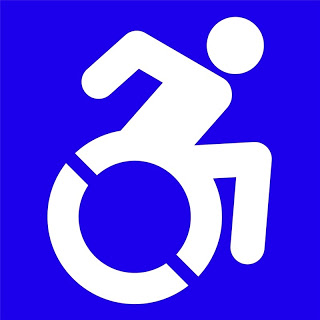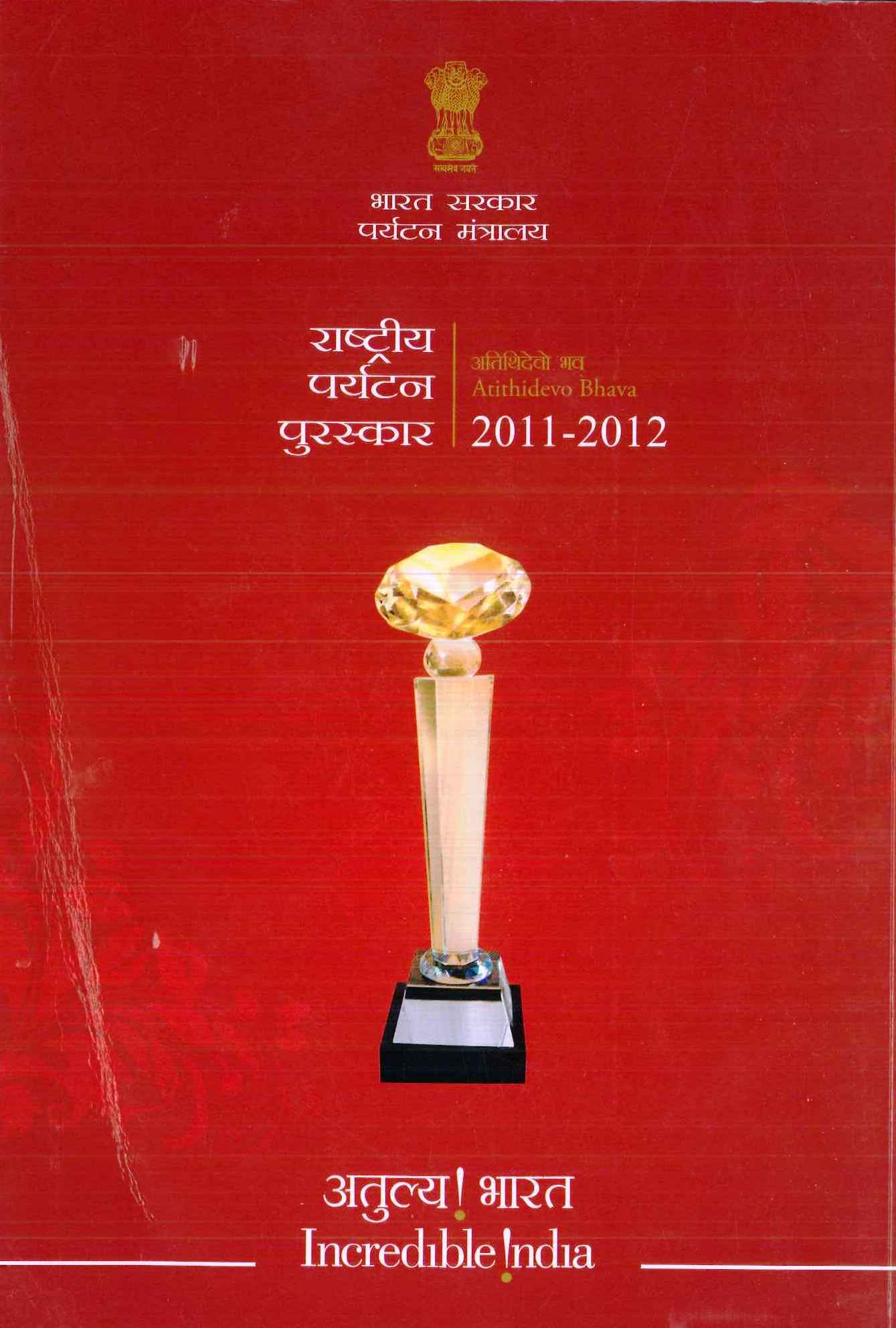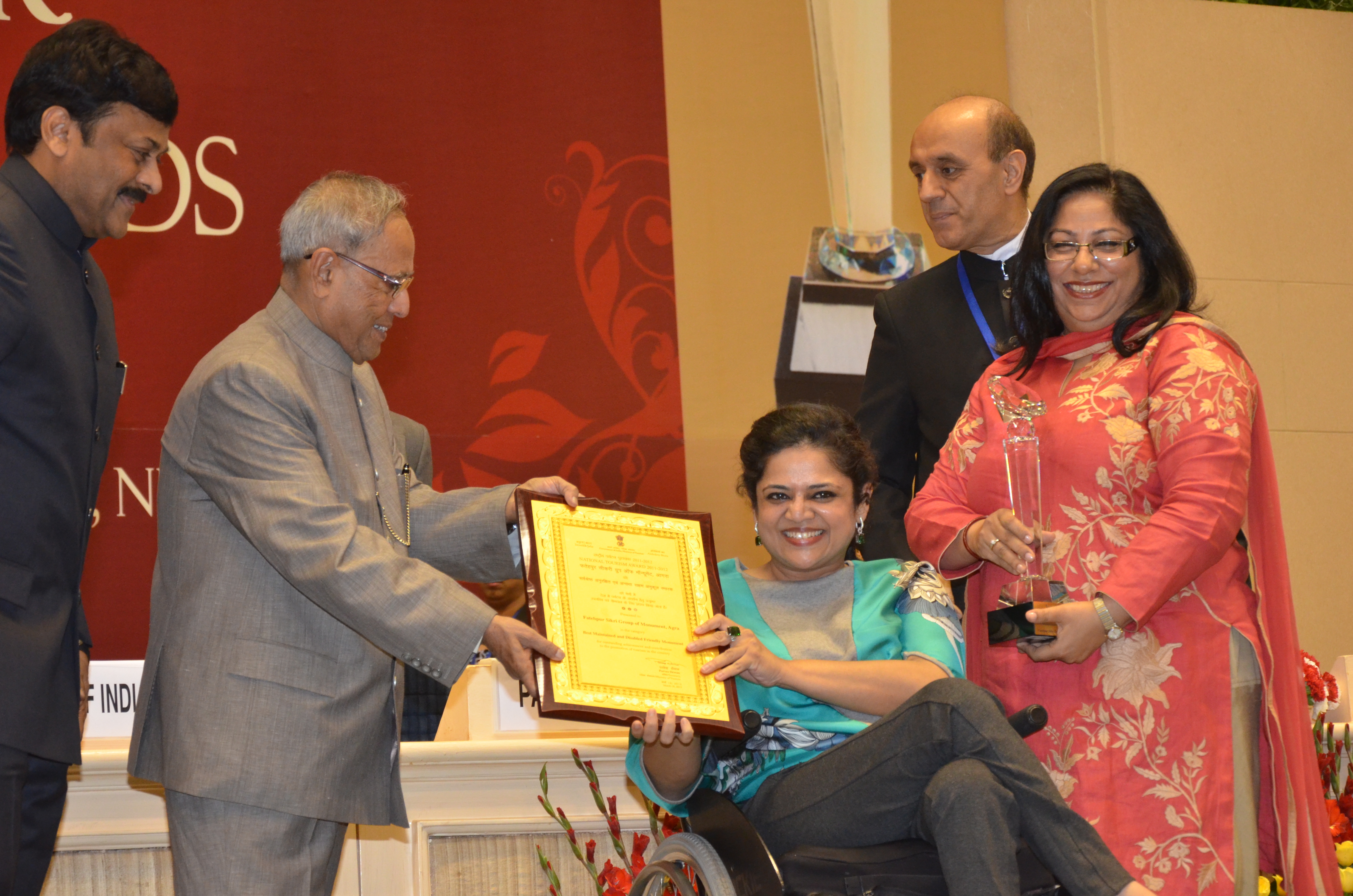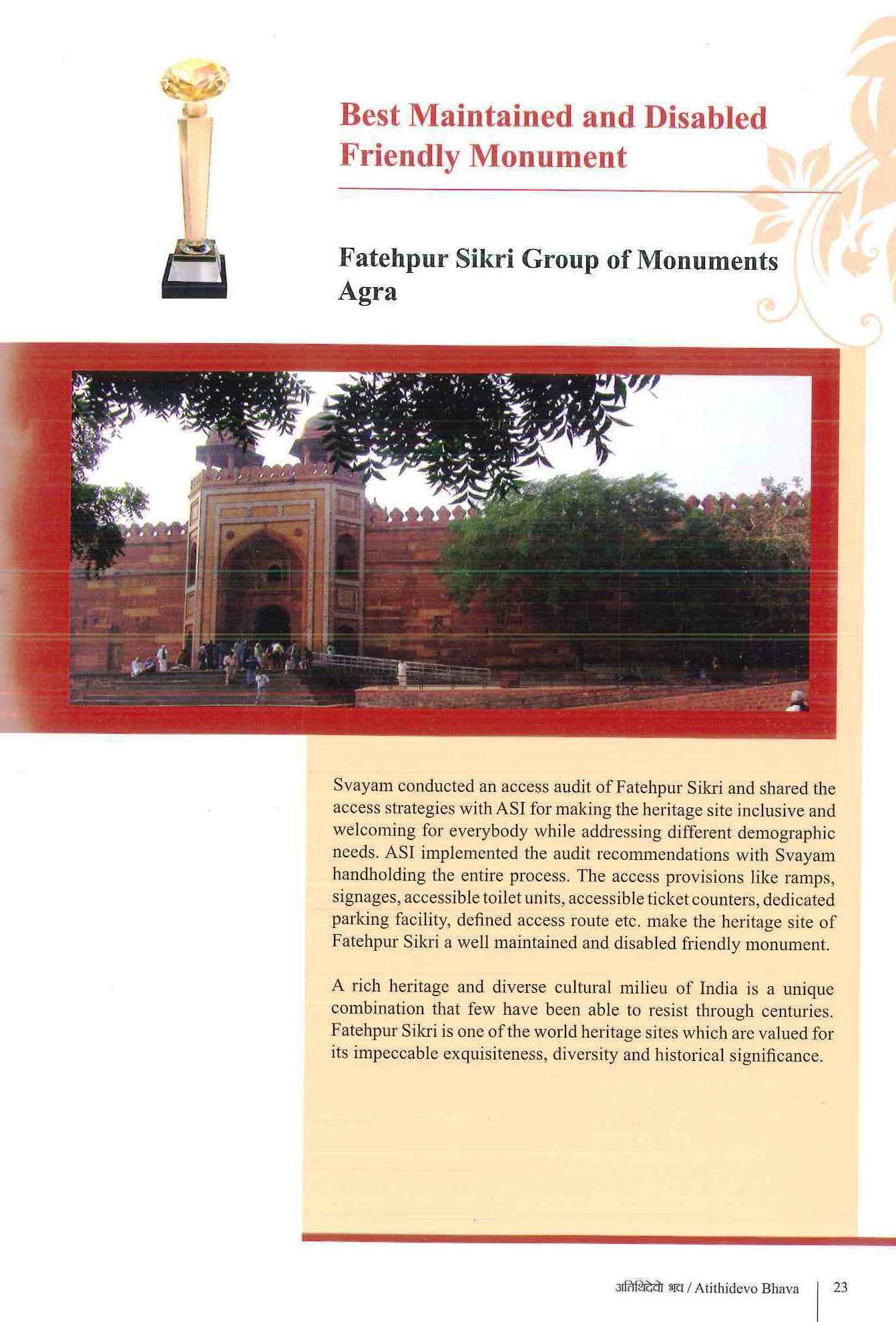The Hindu
Published: November 12, 2012 11:09 IST | Updated: November 12, 2012 11:15 IST
Bhikaji Cama Place a symbol of ‘utter disdain for public property’: Accessibility audit
Gaurav Vivek Bhatnagar
Roads in the complex are overflowing with sewer water making walking next to impossible.
In some parts of the complex, the ramps have been blocked by parked cars and converted into garbage dumps.
can be seen blocking passages, ramps and almost all pathways.
A recently conducted walkability and accessibility audit of the District Centre Complex at Bhikaji Cama Place has revealed that within seven years of a major renovation at the place by Delhi Development Authority, this commercial complex has again returned to a state of neglect and filth.
The survey conducted by Svayam – National Centre for Inclusive Environments – has taken a close look at the infrastructure or the lack of it in the complex which had come up in 1980 on the basis of the Master Plan of Delhi 1960.
Spread over an area of 35 acres, it comprises commercial and government offices, small and mid-sized retailers, hotels and other allied functions. The complex has high to mid-rise building blocks developed around large plazas and courts.
As per the survey, today the complex has become a symbol of “utter disdain for public property and lack of maintenance” and is in shambles. Though it stands in the heart of South Delhi, the complex today exposes the “apathy of the administration”.
Pedestrians forced to walk on roads
“Pedestrian pathways on arterial roads do not provide safe uniform access from Ring Road; from Bhikaji bus shelter near GAIL Building, there is no kerb cut and pedestrian pathway is too high,” the survey notes adding that “due to kerb height the elderly are forced to walk on road endangering their lives.”
The condition of the pedestrian pathways is also not encouraging. They “have level differences and are unusually high with no kerb cuts” which makes it difficult to access them.
Apart from the entire area being not pedestrian friendly, the survey has also revealed that with buses stopping anywhere and Rural Transport Vehicles ferrying office goers also stopping where they feel like, the chaotic picture gets complete.
The area also provides a picture postcard for a parking mess. Here cars can be seen blocking passages, ramps and almost all pathways. “Arbitrary placement of signage and encroachment by the parking mafia renders the pedestrian pathways inaccessible to all,” the report said.
A one-foot pathway
It also notes with concern that commercial expediency has led to a situation where the pedestrian pathways have been reduced to a mere “300 mm” or “one foot” at certain points “which doesn’t even allow one person to pass thorough easily”.
“Often”, due to this, the survey said, the pedestrians “get discouraged and are forced to come on to the road coming in conflict with moving vehicles”.
Overflowing sewer water
The survey also found “roads overflowing with sewer water making walking next to impossible” as near a ramp close to Ansal Chamber I. It also noted that several ramps that were provided during the 2005 re-designing exercise have been rendered useless for various reasons.
These reasons range from there being no signs to indicate the access to the ramp; approach to the ramp being unpaved, dirty and or encroached by parked cars; to bollards being placed to block the entry of cars on the ramp actually blocking the ramp.
At many places, it was also revealed that the “ramps have become garbage dumping places due to blockage” (as near HP showroom on August Kranti Marg side). Worse still, in some parts of the complex the ramps have been blocked and converted into garbage dumps.
Entrance to accessible parking encroached
The barrier-free environment of the complex has also been compromised by the manner in which the accessible parking which was made at the ramped entrance from Ansal Chamber – I side has been encroached, the survey said.
Further, it noted that “there was no aisle space for the wheelchair users to disembark and walk/wheel through the parked vehicles to the ramp. The entry to the ramp is blocked by parked cars. One would otherwise get discouraged by the unhygienic passage leading to ramp.”
Even when it came to accessing the office complexes and buildings, the survey found that the approaches were in a horrendous shape. “The steps are damaged at several places due to lack of maintenance; have no handrail to assist persons with reduced mobility; and even the approach to these steps is found encroached by parked cars,” it said.
Toilet that was never used
Even with respect to the lone free public toilet in the complex which has an accessible unit, the survey found that “the steep ramp and small door makes it inaccessible, though it displays an accessibility sign”. Further, the study had also found this accessible toilet unit locked and on opening it found that it was never put to use for which it was intended.
Keywords: Bhikaji Cama Place, public property, maintenance issues, infrastructure facilities
Source: Printable version | Nov 30, 2012 12:24:52 PM | http://www.thehindu.com/news/cities/Delhi/bhikaji-cama-place-a-symbol-of-utter-disdain-for-public-property-accessibility-audit/article4089948.ece
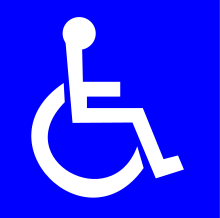 Organization (ISO), and the symbol is generally placed wherever access has been improved for people with disability issues. It was first designed by Susanne Koefoed in 1968 – although she didn’t give the symbol a head. That was added a while later by Karl Montan.
Organization (ISO), and the symbol is generally placed wherever access has been improved for people with disability issues. It was first designed by Susanne Koefoed in 1968 – although she didn’t give the symbol a head. That was added a while later by Karl Montan.![In the beginning of their project, Sara Hendren & Brian Glenney stuck their new design over existing handicapped signs around Boston in a little guerrilla marketting [photo credits Darcy Hildreth - npr.org] In the beginning of their project, Sara Hendren and Brian Glenney stuck their new design over existing handicapped signs around Boston.](http://media.npr.org/assets/img/2013/06/07/handicap-sign-9d8f34a14469996ea8963815aacbf8667417a37b-s3.jpg)
